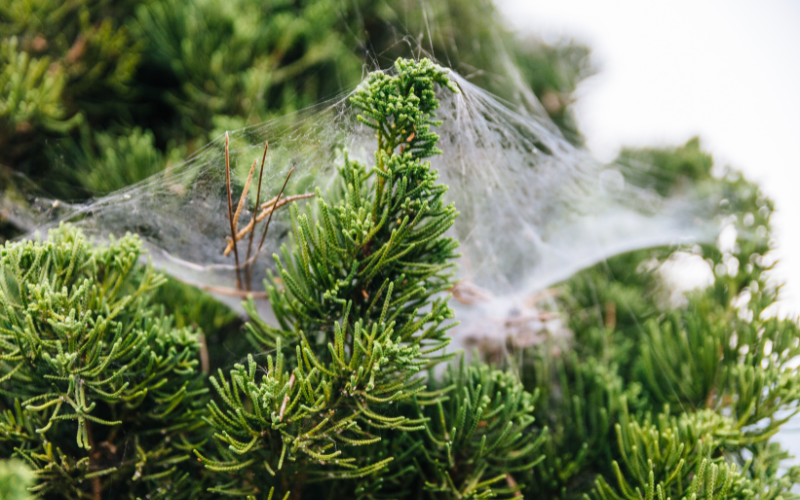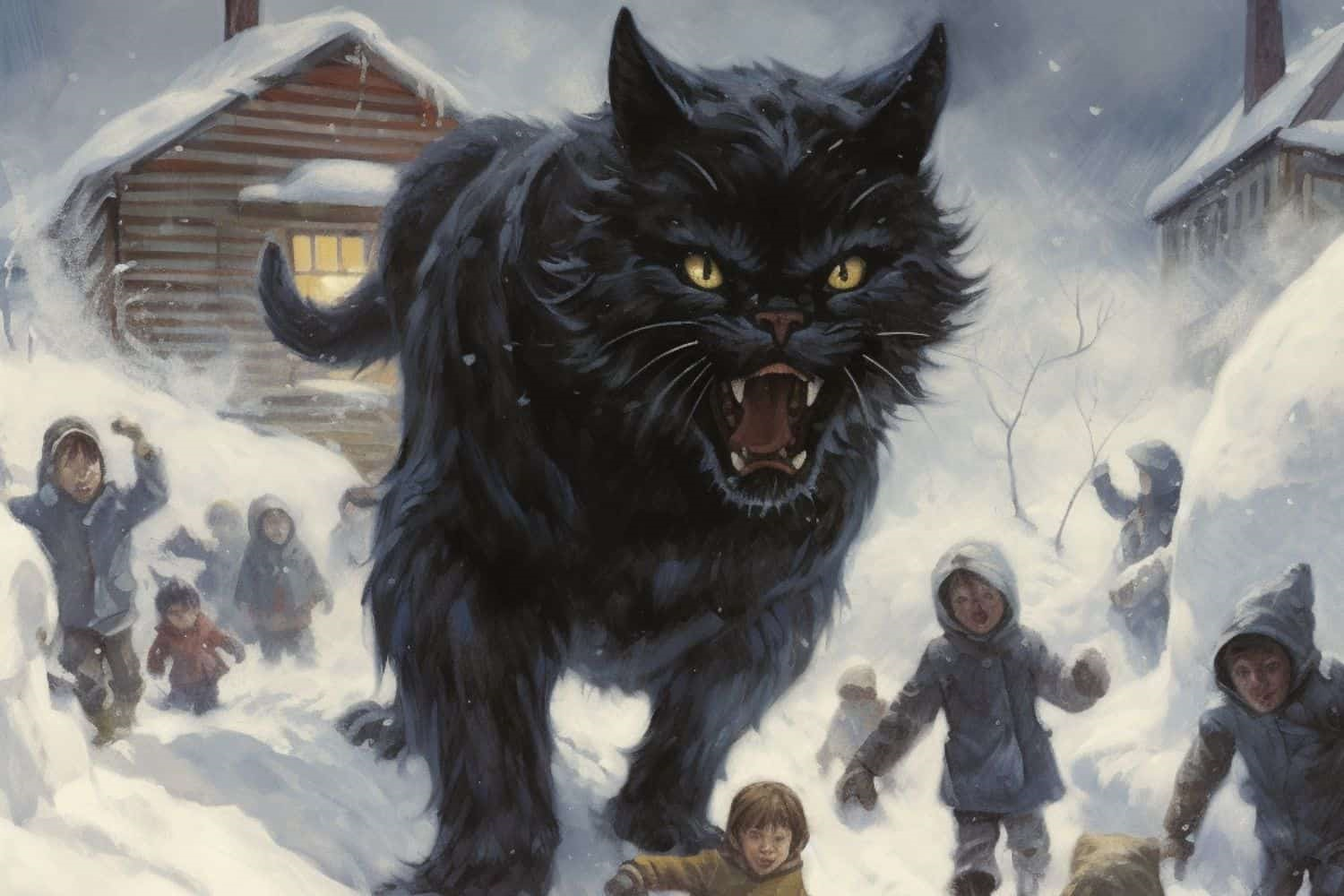This Christmas, trade warm and wonderful for weird and wacky! From KFC dinners to poop logs and the Yule Cat, discover the world's quirkiest holiday traditions.
{{ vm.tagsGroup }}
18 Dec 2024
5 Min Read
Emma Chee Luo Yi (Contributing Writer)
This Christmas, trade warm and wonderful for weird and wacky! From KFC dinners to poop logs and the Yule Cat, discover the world's quirkiest holiday traditions.
Whenever I think of Christmas, I'm immediately drawn to the classics—the frenzy of baking gingerbread biscuits, the joy of decorating our home with a jolly flurry of red and green, the cheer of exchanging Christmas presents with friends and family, and, of course, Mariah Carey's 'All I Want for Christmas Is You' as the ultimate holiday soundtrack. (Without that song, the festive season feels like a heart without a beat.) As timeless as these traditions are, some countries celebrate this much-loved holiday in utterly unexpected ways. This Christmas, let's explore some of the weirdest and wackiest traditions from around the world, each offering a glimpse into the cultures and histories (albeit bizarre) that make these celebrations truly unique.
Photo credits: @kfc_japan via Instagram
In Japan, Christmas tastes like crispy, juicy, golden fried chicken in a red-and-white party bucket. Following globalisation and the influx of fast-food chains into the country in the late 20th century, KFC seized the opportunity to establish a Finger Lickin' Good holiday tradition. In 1974, the company launched its now-iconic 'Kentucky for Christmas' campaign, featuring a family enjoying a mouthwatering feast of fried chicken, with 'My Old Kentucky Home' playing in the background. The campaign promoted the idea that KFC was the authentic way to celebrate the holiday. While this message wasn't grounded in reality, it resonated with a society increasingly intrigued by Western customs. Adding to the campaign's success, KFC's fried chicken shared similarities with karaage—a popular Japanese dish of marinated, flour-coated, deep-fried chicken—making it easy for the Japanese to hop on the KFC bandwagon.
Yes, you read that right—in India, it's not pine trees but banana or mango trees that take centre stage as Christmas trees. These tropical trees thrive in the climate, and their leaves, considered sacred and often reserved for holy occasions, make them perfect substitutes. Homes are also adorned with small lamps symbolising baby Jesus as the light of the world. As for the world-renowned gift-bringer, Santa Claus is affectionately known as Christmas Baba (Hindi), Christmas Taathaa (Tamil), Natal Bua (Marathi), and many other regional variations, reflecting the country's rich linguistic diversity.
If you spot spiders or spider webs dangling from Christmas trees in Ukraine, fear not—they're not spooky, they're lucky! This tradition, dating back to the late 19th and early 20th centuries, originates from a folktale about a poor widow and her children who couldn't afford decorations for their Christmas tree. One night, the household's spiders heard their cries and spun webs on the tree. The next morning, the webs glittered with gold and silver in the sunlight, blessing the family with abundance from that day forward. The tale also inspired the custom of leaving cobwebs undisturbed during the holiday season, as a gesture of gratitude for the spiders' generosity and a reminder of the joy they brought to the family.
Slovakia's Christmas motto: When life gives you pudding, throw it at the ceiling! According to tradition, the head of the household has the honourable task of flinging a spoonful of loksa pudding—a mixture of poppy seeds, honey, milk, and bread—at the ceiling. To make it stick, families often fine-tune their recipes to achieve the perfect consistency. The more pudding that sticks, the more luck they can look forward to in the year ahead.
Step aside, Santa—witches are taking over the skies in Norway! According to folklore, Christmas Eve is when witches and evil spirits roam the night, searching for broomsticks to ride and spread mischief. To thwart them, families would hide their brooms. While this tradition may seem superstitious today, it reflects the beliefs of earlier generations, who saw the holiday season as a time when the line between the natural and supernatural blurred.
While children around the world look under the tree for presents, those in Catalonia look to a log that 'poops' them out instead. Decorated with a painted face and a floppy red hat, the Tió de Nadal (Christmas log), also known as the Caga Tió (poop log), makes its debut on December 8th. Children 'feed' it dried fruits and nuts and tuck it under a cosy blanket each night to keep it warm, believing that the better the care, the greater the gifts. On Christmas Day, they gather to whack the log with sticks—singing a traditional song—to make it 'poop' presents. Afterwards, the log is burned, marking the end of this quirky tradition.
No need to be frightened if you see fearsome figures running through the streets of Austria in December—unless you've been naughty. Evil, thy name is Krampus—the menacing half-man, half-goat from Alpine folklore. As the sinister counterpart to St Nicholas, Krampus appears on Krampusnacht (Krampus Night), December 5th, to punish misbehaving children ahead of St Nicholas Day on December 6th. The tradition continues with Krampuslauf (Krampus Run), where revellers, often emboldened by a festive drink or two, parade through the streets dressed as Krampus. These eerie yet lively events keep the folklore alive and serve as a chilling reminder to stay on the nice list—or else.
Photo credits: The Pagan Grimoire
Cats may be cute and cuddly, but the one from Icelandic folklore is far from it. Meet Jólakötturinn, the Yule Cat—a colossal black cat said to be as large as a house. On Christmas Eve, it prowls the Icelandic countryside, preying on children who don't have or wear new clothes for the season. Beneath the legend lies a practical purpose: to inspire industriousness. During Iceland's long, dark winters, wool production was vital for farm households. The lore encouraged hard work to ensure everyone earned new clothes, a necessity during those harsh and frugal times.
Whether playful, peculiar, or just petrifying, these Christmas traditions reflect the unique cultures and histories of those who celebrate them. Yet, beneath the tapestry of these practices runs a universal thread: gathering with loved ones, sharing laughter (or, in some cases, tears), and creating memories that warm our hearts more than a mug of hot cocoa ever could—especially in the chill of a bitter winter (or the sweltering heat, for those of you in the tropics). So, to all the readers celebrating Christmas, I hope this article lit your face with a smile, ignited your curiosity, and perhaps sparked you to create a Christmas tradition uniquely your own!
Emma Chee Luo Yi pursued Cambridge A Level at Taylor's College before attending the University of Western Australia. A law student with an artistic soul, she studies during the day and writes, draws, or crochets at night!




